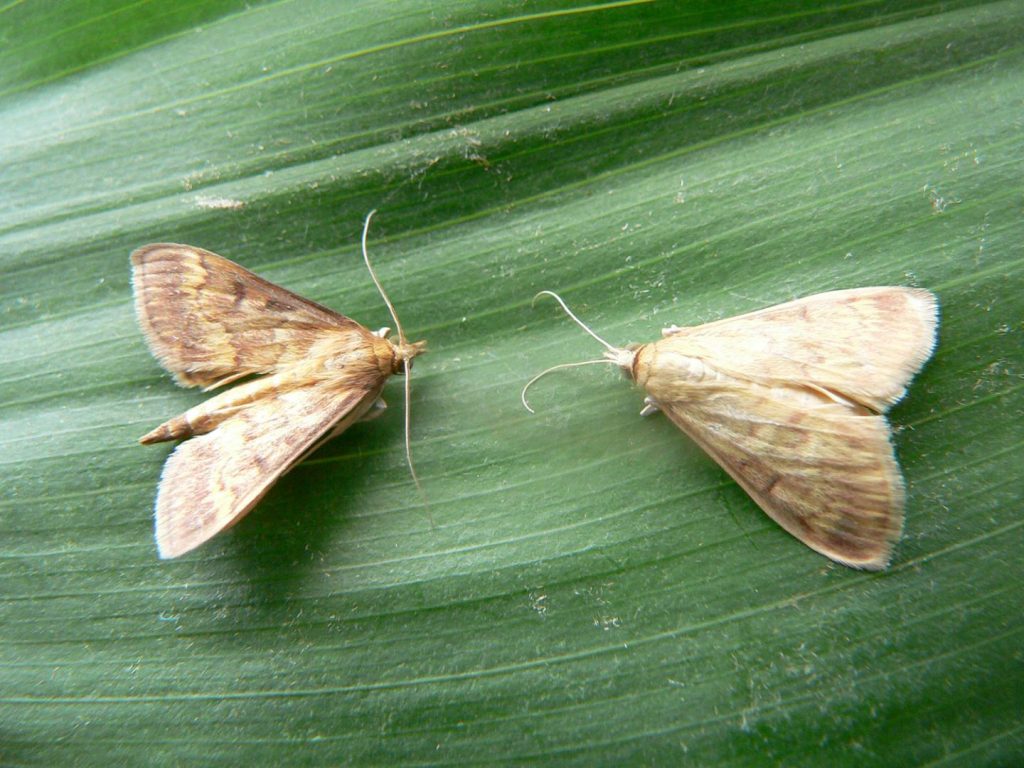Female moths produce a sex pheromone, a different blend of chemicals for each species, which attracts males from a distance. Males detect these chemicals with…

Mitochondrion
- Home/
- Tag/
- Mitochondrion/

Scientists at the University of California, Berkeley, have identified a new molecular pathway critical to aging, and confirmed that the process can be manipulated to…
